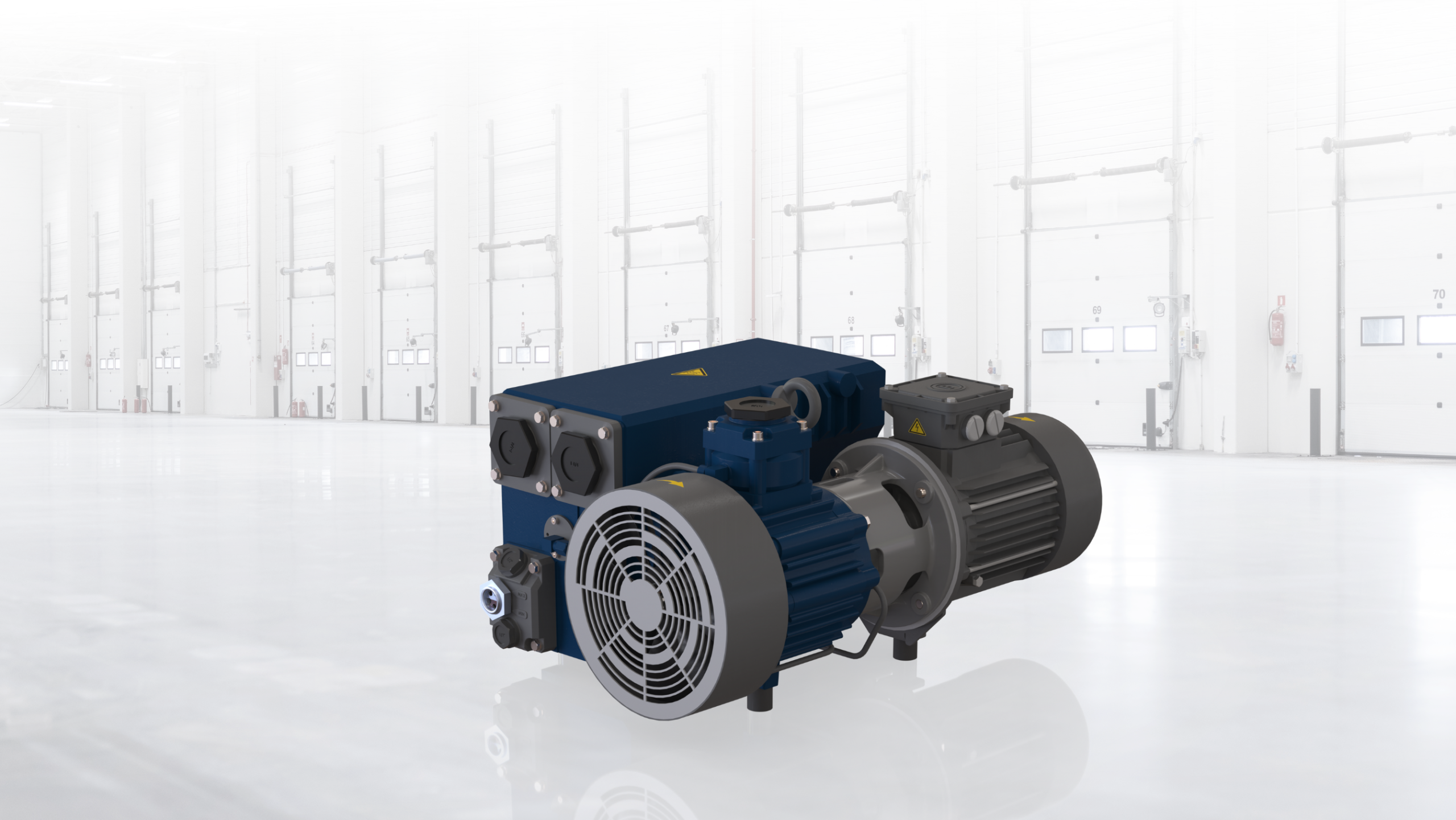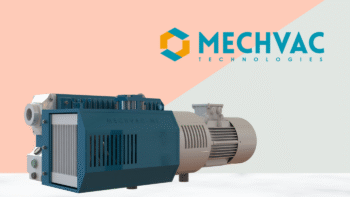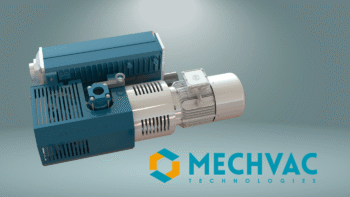Vacuum technology doesn’t exactly scream “cool” at first glance, but it’s the quiet MVP behind a ton of stuff we use daily. Picture the chips in your phone, the vacuum-sealed coffee in your pantry, or even the rockets blasting into space all thanks to the science of sucking out air. Way back, ancient Chinese metalworkers used bellows to mess with air pressure, and in the 1600s, Otto von Guericke wowed crowds by showing a vacuum could glue two metal hemispheres together tighter than a kid clutching their favourite toy. Fast forward to today, and vacuum tech’s running the show in factories, labs, and beyond. Let’s unpack how this science became the backbone of industries like electronics, food, and space exploration, with a nod to folks like Mechvac Technologies keeping it all spinning.
What’s a Vacuum?
Vacuum technology is all about sucking air out of a space to create super low pressure like turning a room into a near-empty void. Why bother? Because some jobs, like making computer chips or keeping food fresh, work way better without air gumming things up. It’s not just geeky lab stuff; it’s behind tons of everyday things. This post breaks down the science, history, and how vacuums are the unsung heroes of modern industries, from phones to rocket ships.
Why It’s a Big Deal
Think about it: without vacuums, your phone’s chips would glitch, your snacks would spoil, and space missions would flop. Vacuums let industries control environments to nail precision and cleanliness. As tech dreams bigger think quantum computers or Mars rovers vacuum systems keep up, making the impossible possible.
Where It Shows Up
Vacuum tech pops up everywhere:
- Semiconductors: Keep chip-making squeaky clean.
- Metallurgy: Makes super-pure metals for planes and implants.
- Food and Pharma: Stops food from going bad and keeps drugs stable.
- Energy: Boosts power plants and solar cells.
- Transportation: Powers car brakes and plane gauges.
- Space and Science: Tests rockets and peeks at atoms.
The Science of Nothing
A vacuum’s just a space with way less pressure than the air we breathe think of it like clearing the dance floor so molecules can do their thing without bumping into each other. Normal air pressure’s about 101 kPa (kilopascals), but vacuums can drop to crazy lows, like 10⁻⁹ Pa, where you’re counting just a few hundred particles in a cubic centimeter instead of the gazillions in your backyard. A perfect vacuum? Zero particles. But in real life, even the best setups have a few stragglers.
Here’s how vacuums stack up, with their pressure ranges and what they’re used for:
| Vacuum Level | Pressure Range | Applications |
| Low (Rough) Vacuum | 31 kPa to 100 Pa | Stuff like vacuum packing snacks or suction cups grabbing boxes. |
| Medium (Fine) Vacuum | 100 Pa to 0.1 Pa | Industrial jobs include drying paint or filtering liquids. |
| High Vacuum (HV) | 0.1 Pa to 10⁻⁶ Pa | Think electron microscopes or old-school vacuum tubes for TVs. |
| Ultra-High Vacuum (UHV) | 10⁻⁶ Pa to 10⁻⁹ Pa | Chip-making, surface studies, or particle accelerators. |
| Extreme-High Vacuum (XHV) | Below 10⁻⁹ Pa | Cutting-edge stuff like quantum computers or super-cold cryogenic systems. |
Getting to these levels takes some serious gear. Vacuum pumps like rotary vane for the basic stuff or turbomolecular for the hardcore ultra-high vacuums suck out air and keep it gone. Measuring pressure’s a whole thing too, with tools like the McLeod gauge hitting as low as 10⁻⁶ Torr (1 Torr ≈ 133 Pa), or cryogenic setups reaching a mind-boggling 5×10⁻¹⁷ Torr. It’s like trying to empty an ocean with a straw, but companies like Mechvac Technologies nail it with pumps built for the job.
Why Vacuums Matter
Vacuums aren’t just for show they’re the secret sauce for tons of industries. In chip factories, a single dust speck can wreck a whole batch, so vacuums keep things spotless. For food, zapping air means no moldy granola surprises. And in space? Testing gear in a vacuum chamber makes sure it won’t choke when the atmosphere’s gone. As tech gets wilder think nanobots or fusion reactors vacuum systems are right there, making it happen.
Vacuum Tech in Action
Let’s break down where this tech shows up, from everyday stuff to sci-fi-level feats.
Semiconductors: Building the Brain of Your Gadgets
Those tiny chips in phones, laptops, and even toasters? They’re made in ultra-clean vacuum chambers. Processes like chemical vapor deposition (CVD) slap thin layers of material onto silicon wafers, and air’s the enemy one stray molecule can mess up the whole circuit. Picture trying to paint a masterpiece in a dust storm; vacuums clear the air (literally) for perfect chips. Vacuum sealing also keeps those chips from rusting, so your gadgets last longer.
Metallurgy: Forging Tough Stuff
Making metals for jet engines or hip implants is no joke impurities can make them weak. Vacuum arc melting and vacuum induction melting cook metals in a vacuum to keep out oxygen and nitrogen. Take titanium: it’s melted in a vacuum to stay pure and strong, perfect for airplane wings or medical screws that won’t fail when it counts.
Food and Pharma: Keeping Things Fresh
Ever grab a pack of beef jerky that’s still good after months? Thank vacuum packing it sucks out air, so bacteria and mold can’t throw a party. In pharma, freeze-drying (aka lyophilisation) uses vacuums to yank water out of frozen drugs or vaccines, keeping them stable without a fridge. Coffee, fruit, even astronaut food vacuums make it last. Sterile medical gear gets the same treatment to stay germ-free.
Energy: Powering the Future
Power plants lean on vacuums to squeeze out more juice. Steam turbines run better with vacuum condensers, lowering pressure, making the turbine spin harder for more electricity. Solar panels get their fancy coatings in vacuum chambers, and experimental flywheels spinning wheels that store energy use vacuums to ditch air friction, keeping them twirling longer.
Electronics: From Old Tubes to New Screens
Back in the day, vacuum tubes powered TVs and radios, but even now, vacuums are key for electronics. Flat-screen displays like LCDs or OLEDs get coated and sealed in vacuum chambers. Electron microscopes, which zoom in on super-tiny stuff for research or quality checks, need high vacuums to let electron beams zip through without hitting air molecules.
Transportation: Stopping and Steering
Ever slam on your car brakes and stop smoothly? Vacuum-assisted brake boosters make that happen, using low pressure to amplify your foot’s push. In planes, vacuum-driven gyroscopes power gauges like attitude indicators, helping pilots know if they’re level when clouds block the view. It’s old-school tech still saving the day.
The Cutting-Edge Stuff
Vacuum tech’s not just holding steady it’s pushing boundaries in some wild areas.
Space Tech: Prepping for the Stars
Space is one big vacuum, so engineers use vacuum chambers to test spacecraft and satellites, making sure they can handle the real thing. Ion thrusters think Star Trek-style propulsion work in vacuums to shoot out ions for fuel-efficient space trips. NASA’s X3 thruster, tested in vacuum chambers, could power missions to Mars and beyond.
Particle Accelerators: Peeking at the Universe
The Large Hadron Collider (LHC) at CERN smashes particles to unlock secrets of the cosmos, but it needs ultra-high vacuums to keep the particle paths clear. Any air molecule could derail the whole experiment, so vacuums are non-negotiable for this kind of science.
Nanotechnology: Tinkering with Atoms
Nanotech’s all about messing with stuff at the billionth-of-a-meter scale, like building next-gen chips or targeted drugs. Tools like electron beam lithography or scanning tunnelling microscopes (STMs) need ultra-high vacuums to work without air molecules crashing the party. STMs can even snap pics of single atoms talk about a close-up.
A Trip Through History
This tech’s got roots. Around the 6th century BC, Chinese metalworkers used bellows to create partial vacuums for smelting iron pretty clever for back then. Fast forward to the 1600s, and Otto von Guericke’s vacuum pump demos had people’s jaws dropping when horses couldn’t pull those hemispheres apart. By the 1900s, vacuums were lighting up bulbs (literally) and powering early electronics. Each step built on the last, turning a cool idea into a must-have for modern life.
The Evolution of Vacuum Pumps
Oh, and the gear? It’s come a long way. Guericke’s first pump was a hand-cranked beast that could barely clear a barrel. By the 1800s, mercury piston pumps showed up messy but good for lab work. The 1900s brought rotary vane pumps, which made factories hum by hitting low vacuums fast. Now, turbomolecular pumps spin like jet engines to create near-perfect vacuums for chip plants and quantum labs. It’s like swapping a bicycle for a rocket ship each upgrade making vacuums sharper and more powerful.
Wrapping It Up
Vacuum technology’s like the ultimate behind-the-scenes crew. It’s not flashy, but it’s propping up everything from your phone to your power grid to the rockets eyeing distant planets. From ancient bellows to today’s high-tech pumps, it’s turned the science of nothing into systems that power our world. Next time you munch a vacuum-packed snack or scroll your screen, give a nod to the tech that’s quietly making it all happen.








